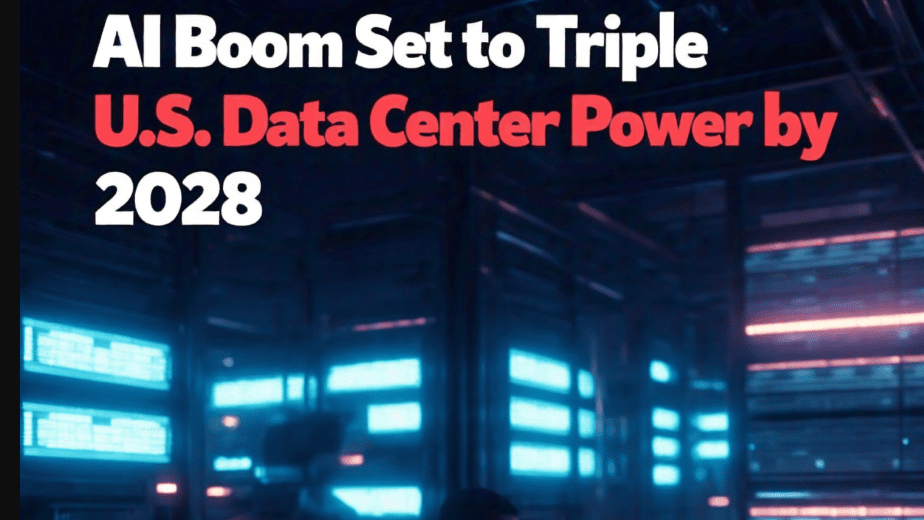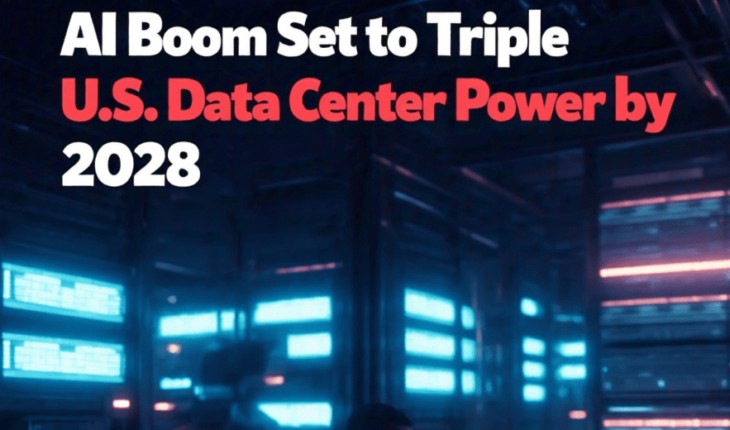
According to a study conducted by Lawrence Berkeley National Laboratory supported by the U.S. Department of Energy, U.S. data centers are expected to nearly triple their electricity demand over the next three years due to the transformation brought about by artificial intelligence, accounting for as much as 12% of the country’s total electricity consumption. The study estimates that by 2028, annual energy consumption in data centers could range from 74 to 132 gigawatts, equivalent to 6.7% to 12% of the overall electricity consumption in the United States.
U.S. data centers currently account for about 4% of the country’s electricity load, and the exact number depends partly on the demand and supply of GPUs. Avi Shultz, director of the U.S. Department of Energy’s Office of Industrial Efficiency and Decarbonization, pointed out that the main driver of energy demand growth in the United States is the rapid development of AI data centers. In addition, reshoring manufacturing to the U.S., coupled with the electrification of buildings and transportation systems, is pushing up overall electricity demand. Overall, the U.S.’s electricity demand peaked in 2024 and is expected to hit new highs next year. Shultz highlighted the report’s emphasis on AI data centers as the top driver of U.S. electricity demand.
In response to rising electricity demand, the U.S. Department of Energy is actively looking at strengthening grid flexibility and resilience, such as installing long-lasting energy storage batteries in data centers and promoting the commercial application of new technologies such as small-scale nuclear reactor-scale advanced geothermal energy. According to the report, data center power consumption has more than doubled in six years since 2017 due to the industry’s widespread adoption of GPU-accelerated servers. The need for increasingly powerful chips and efficient cooling systems for AI technology is also why data center power consumption is expected to increase significantly. A similar study 2016 reported that data centers with AI servers accounted for only about 2% of total electricity consumption.
Arman Shehabi, who led the study, and his team suggested that reports should be published annually or biennially to track data center trends more closely. The estimates in the report are based on the power consumption of installed GPUs and other data center IT equipment. They are based on other publicly available information, data from market research agencies, and opinions from the power and data center industry. According to Shehabi, analyzing energy consumption, especially the causes of the increase, will help the industry find ways to improve energy efficiency.





